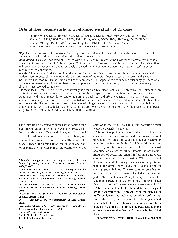摘要
Objective. The purpose of this retrospective study was to investigate the diagnostic methods, therapeutic principles, surgical approach, and materials used for orbital floor reconstruction. @@@ Study design. This study consisted of 21 cases with orbital fractures treated at the Hospital of Stomatology, Sichuan University, China, between July 2002 and June 2006. Inclusion criteria were patients with fractures of the orbital floor with bone defects. Patients were retrospectively analyzed for gender, age, mechanism of injury, classification of fracture, and complications. @@@ Results. CT scans were 100% accurate in diagnosing the fractures. Shaped autogenous bone, titanium mesh, and Medpor were respectively implanted under the periosteum of the orbital floor in 5 cases, 10 cases, and 6 cases. All the patients had good results including significant improvements in appearance and function after surgery. There were no severe permanent complications. Two cases had postoperative wound infections, and 1 case had temporary blindness that resolved completely. @@@ Conclusions. CT scan is the first choice of investigation for an orbital floor fractures. The objectives of treatment for an orbital floor fracture with a bony defect are reduction of the prolapsed orbital contents and reconstruction of the orbital floor with repair materials, to restore the normal orbital floor and orbital capacity. A subciliary incision was adopted in our surgery. At present, porous polyethylene and titanium mesh are considered to be the ideal orbital floor repair materials. Titanium mesh was used in fractures with large defects that were not easy to fix without obvious enophthalmos. Porous polyethylene can be used in fractures when there is a need to restore the orbital volume.
- 出版日期2008-9
- 单位四川大学
